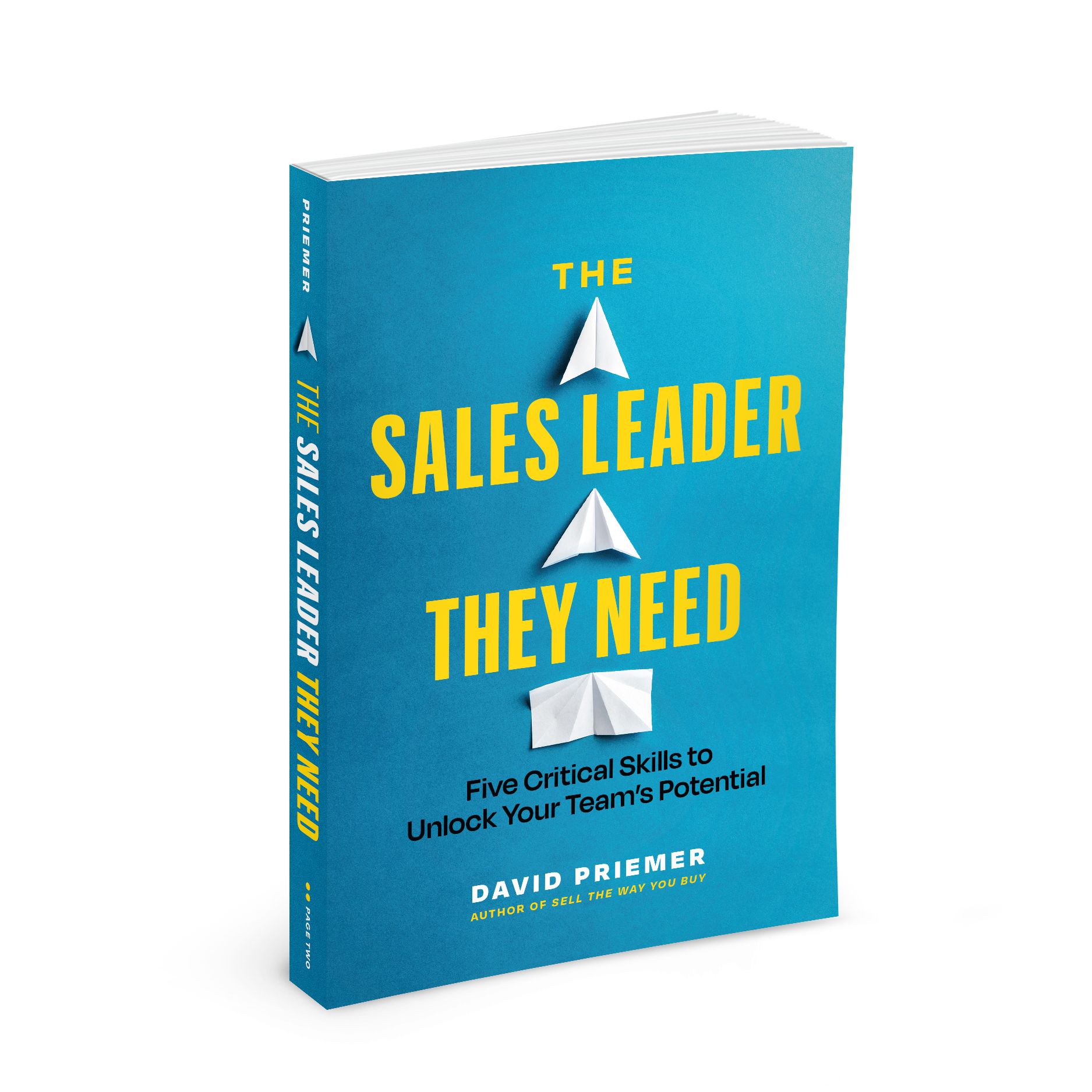Do Your Homework! 3 Reasons Why Science Says Personalizing Outreach Drives Results
If you’re a salesperson, getting customers and prospects to respond to your outreach at the best of times can be challenging. In the past, I’ve spoken about some of the reasons why customers ignore your outreach, not the least of which are generic, drive-by pitches that far too many sellers still seem to use. I’ve also provided some tactical advice on how to get them to pay attention.
The good news is when it comes to messaging, some sellers are upping their game with narratives that are specific and tailored. But my advice to all those who still practice drive-by pitching remains the same.
Do. Your. Homework.
Besides making your content more relevant and engaging, there’s one big reason why doing your homework is so critical.
Great sales outreach isn’t about getting the sale. It’s about getting your customers to RESPOND!
And when it comes to a prospect deciding whether or not to respond to your outreach, effort is rewarded.
Here are three science-based reasons why.
1. Your Brain LOVES Stories That Revolve Around You
If your life and everything that happens in it were a movie, who would be the star? YOU of course!
Since the primary function of our brains is to keep us safe, we automatically contextualized all the information we encounter on the basis of how it impacts us personally. That’s why we tend to be drawn to information that features relevant details about us; the star of our movie.
In fact, in a study conducted at Harvard University, researchers noted that 30-40% of everyday speech is used to inform other people about ourselves and our own subjective experiences. Further experimentation in the area of financial rewards also discovered people prefer to answer questions about their own beliefs and opinions even when answering other types of questions would have earned them more money. In short, people will pay to talk about themselves!
It’s no surprise then that one of the best ways to engage customers and get them to respond is to make the dialogue about them. Of course, if your goal is to achieve maximum engagement, this information should go beyond simply understanding their role, industry or company and include information that is both timely, relevant, and accurate.
For example:
- Did they just change jobs?
- Do they have an especially interesting role or career history?
- Have you been to the place they’re from or went to school?
- Did they just post something interesting or relevant to a public social network you can reference?
- Were they just mentioned in the news?
- Did you read an article they wrote and enjoy a particular quote?
- Did you catch them in a podcast and recall a specific insight they shared?
Any of these elements will make your narrative more personal, compelling, and drive higher response rates by showing your customer that you did your homework.
2. Triggering Positive Feelings Drives Engagement
“Mom, did anyone tell you you look beautiful today?”
Imagine you came home from school with a less-than-stellar report card. You want to shove it in your closet but unfortunately, one of your parents needs to sign it. So you waltz over to Mom and begin with your narrative with this shameless flattery. Will buttering her up actually make her feel better about the next request you’re about to make? According to science, yes!
In the bestselling book, Thinking Fast and Slow, Nobel Prize winner Daniel Kahneman discusses the concept of Cognitive Ease; the ease with which our brain processes information. And how easily our brain processes information impacts how we feel about it. The harder information is to process, the more tense and analytical our minds become. For example, in one experiment, participants who were asked to think unhappy thoughts were completely incapable of performing a simple intuitive task correctly.
One of the ways cognitive ease can be improved is through a process called priming. In other words, providing a stimulus that activates positive thoughts which in turn influences how the new stimulus will be interpreted. For example, spending the day painting your living room may not be fun, but when your favorite song comes on the radio while you’re doing it, all of a sudden the task doesn’t seem so arduous.
In the case of your outreach, putting your customer in a good mood by sharing highly contextual insights, making them the star of the story, and demonstrating you’ve done your homework, temporarily increases their degree of cognitive ease, making it more likely that they’ll respond.
But beware: the reverse is also true! When your outreach clearly demonstrates you did NOT do your homework, not only will your customer not respond, but you will create a long-lasting negative association to your personal brand and that of your company, making it harder to engage in the future.
3. The Power of Reciprocity Increases Response Rates
In the context of social psychology, reciprocity is the practice of responding to a positive gesture, action, or behavior with a similar sentiment — essentially, rewarding someone else for their kindness with a kind act of your own. In my book, Sell The Way You Buy, I talk about one of the easiest ways to invoke reciprocity with our customers which is to simply listen to them. In fact, in a recent Salesforce State of Sales Report, when salespeople were asked to list factors that they felt had an extreme or substantial impact on converting a prospect to a customer, listening topped the list.
But listening-driven reciprocity can also play a big role in getting our customers and prospects to respond to us. When a salesperson demonstrates that they did their homework and invested the time to craft a highly contextual and relevant outreach message, we actually feel slightly indebted to them. In fact, I’ve responded to many sellers who’ve prospected into me in this way with replies commending them on their approach. And while your investment may not land you with a sale (at least, not yet), at a minimum you’ll get a response and have a much better sense of how to navigate the deal.
Bonus video: A Helpful Reciprocity-Based Tip To Engage Prospects
Bonus video: Using Reciprocity to Increase Your Prospecting Response Rates
The tragedy for those who continue to flaunt their lack of attention to detail is that getting this right (especially these days) is SO EASY! Besides so much helpful information being freely available on public social networks like LinkedIn and Twitter, technology platforms like Outreach.io and Datanyze can quickly source contextual information about your prospects.
To be clear, nailing the personalization doesn’t guarantee a sale. However, since the first step in any sales cycle is simply getting your customer to engage and respond to your outreach, a small investment of time on that front can pay huge dividends!
We promise never to send you junk or share your email! Just helpful sales insights.






Leave a Reply
Want to join the discussion?Feel free to contribute!